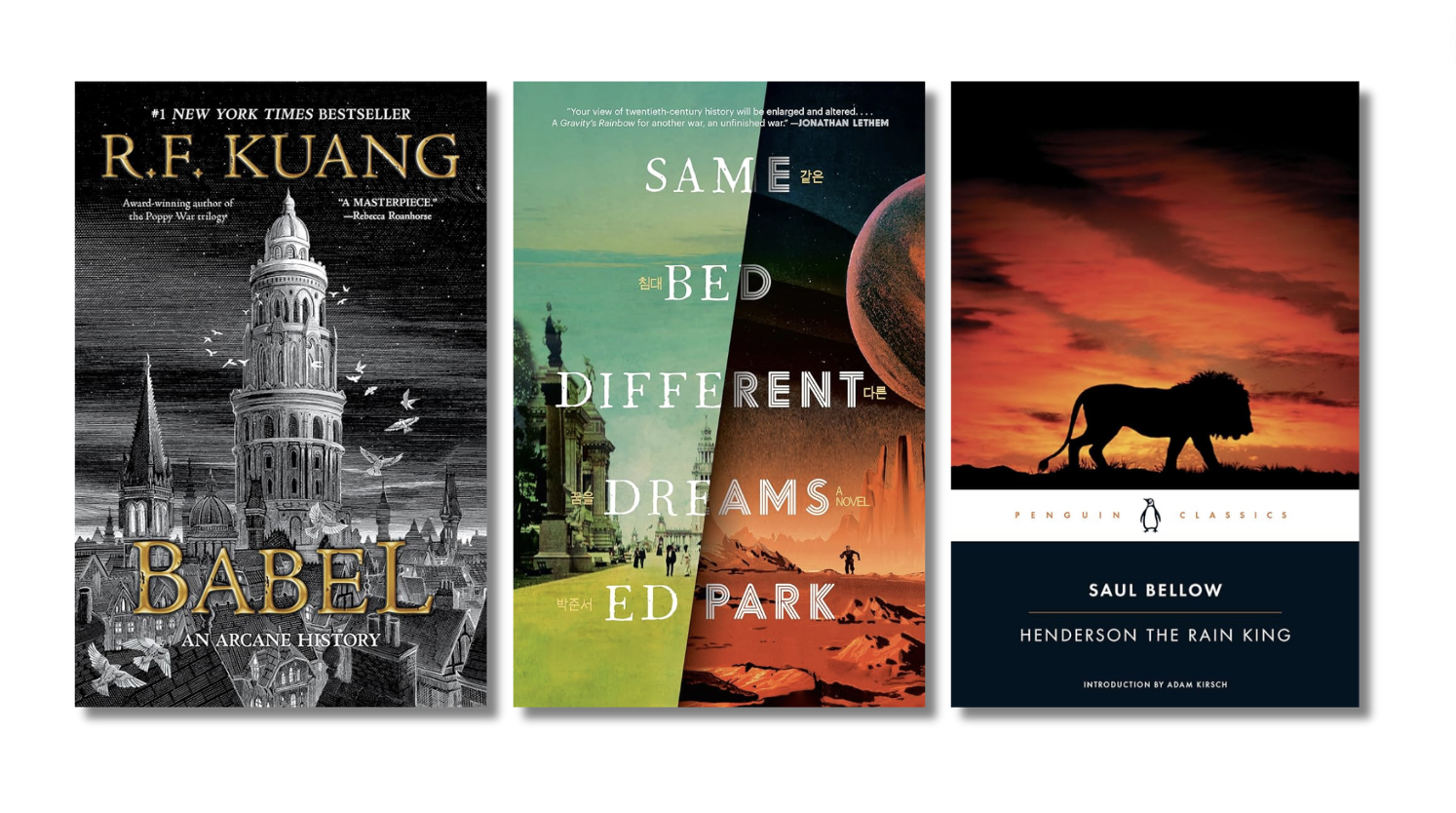 Padgett Powell’s The Interrogative Mood is a supreme literary stunt: a short “novel” composed only of questions, each of which seems to implicate the reader in a narrative conspiracy as serious and absurd as his or her own life. Ultimately, Powell’s little book can be seen word-machine designed to induce unprecedented states of interior monologue, or narrative drug.
Padgett Powell’s The Interrogative Mood is a supreme literary stunt: a short “novel” composed only of questions, each of which seems to implicate the reader in a narrative conspiracy as serious and absurd as his or her own life. Ultimately, Powell’s little book can be seen word-machine designed to induce unprecedented states of interior monologue, or narrative drug.
A Year in Reading: Jonathan Lethem
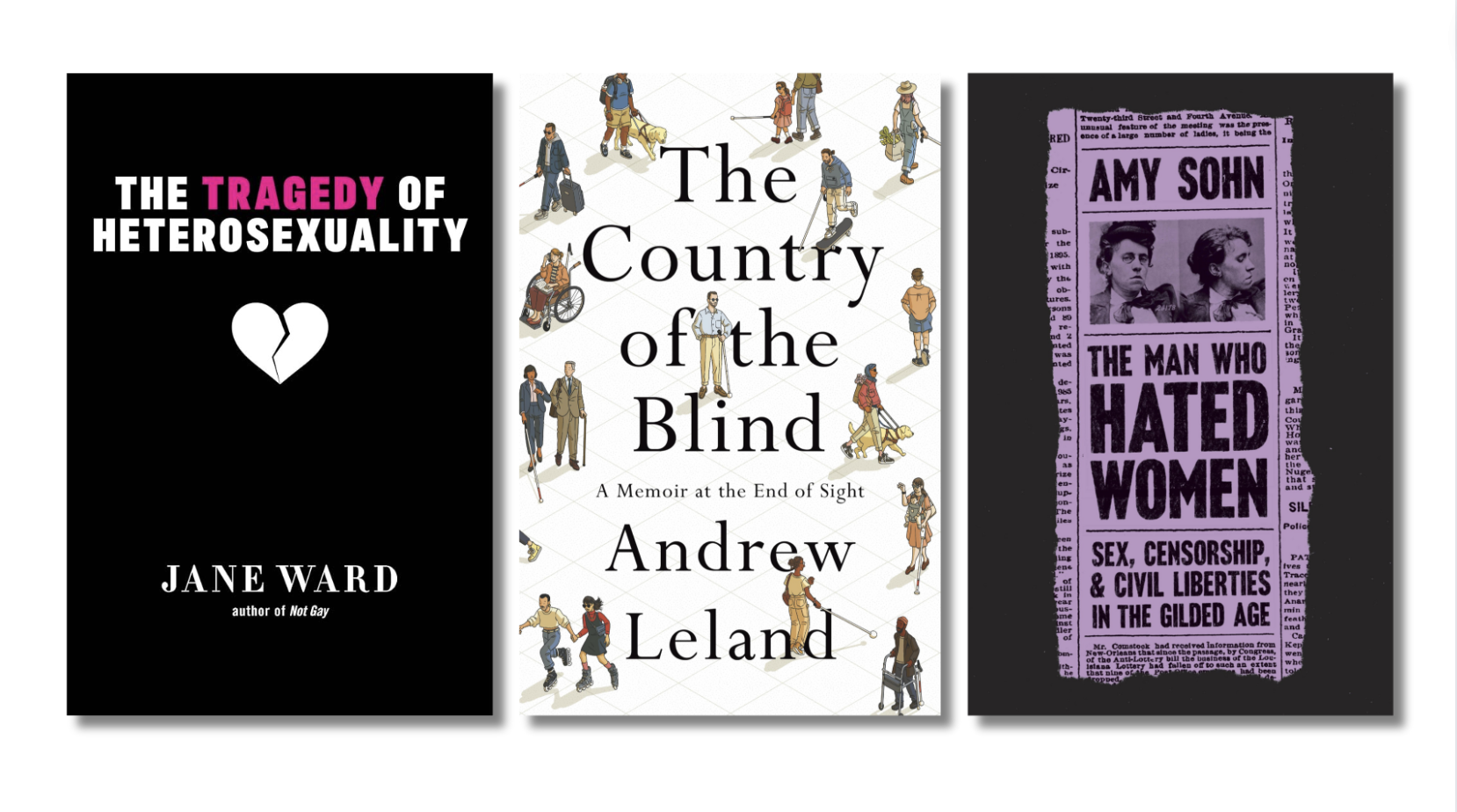
A Year in Reading: Sophia Stewart
Heterosexuality—what is it good for? This was the question that propelled much of my reading in 2023.
●
●
●
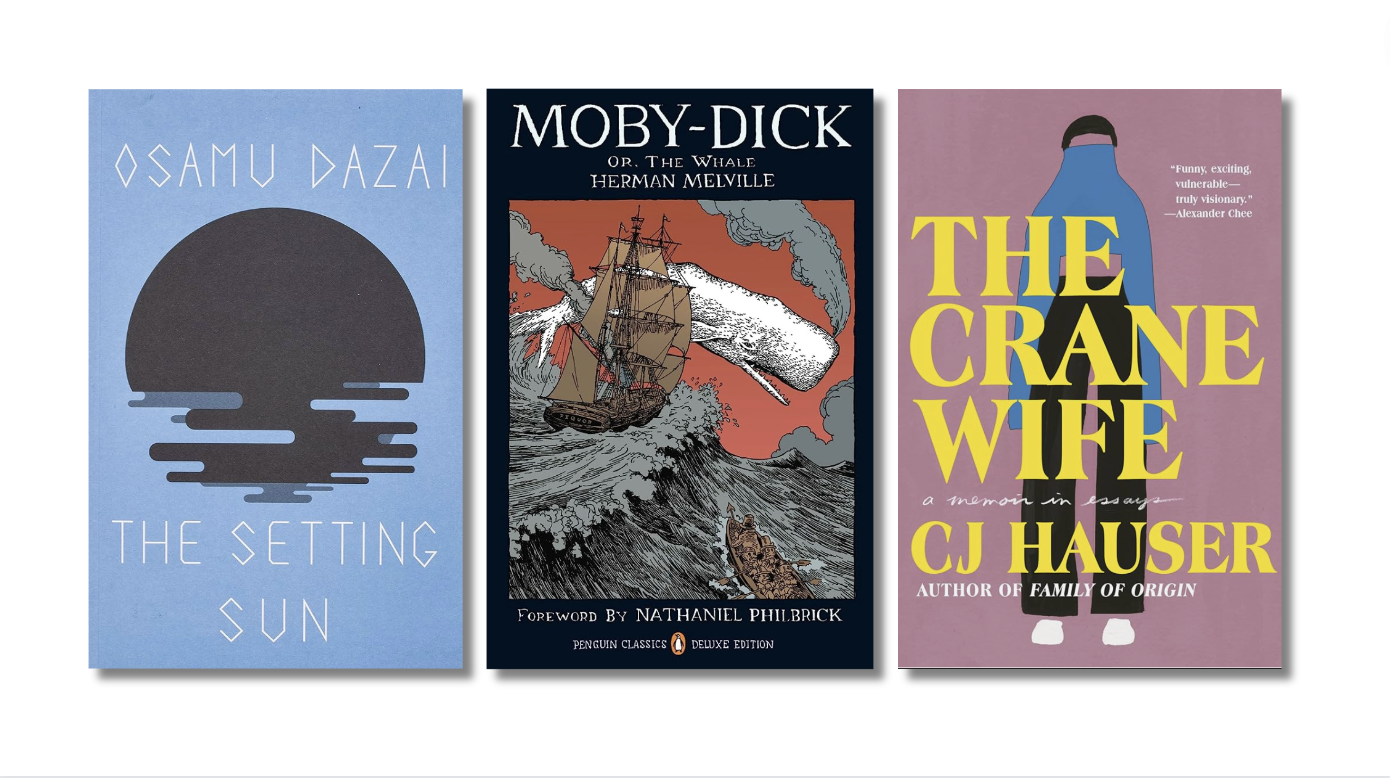
A Year in Reading: Lilly Dancyger
This year marked a huge and welcome shift in my reading habits: I started reading fiction again, for the first time in thirteen years.
●
●
●
●
●
●
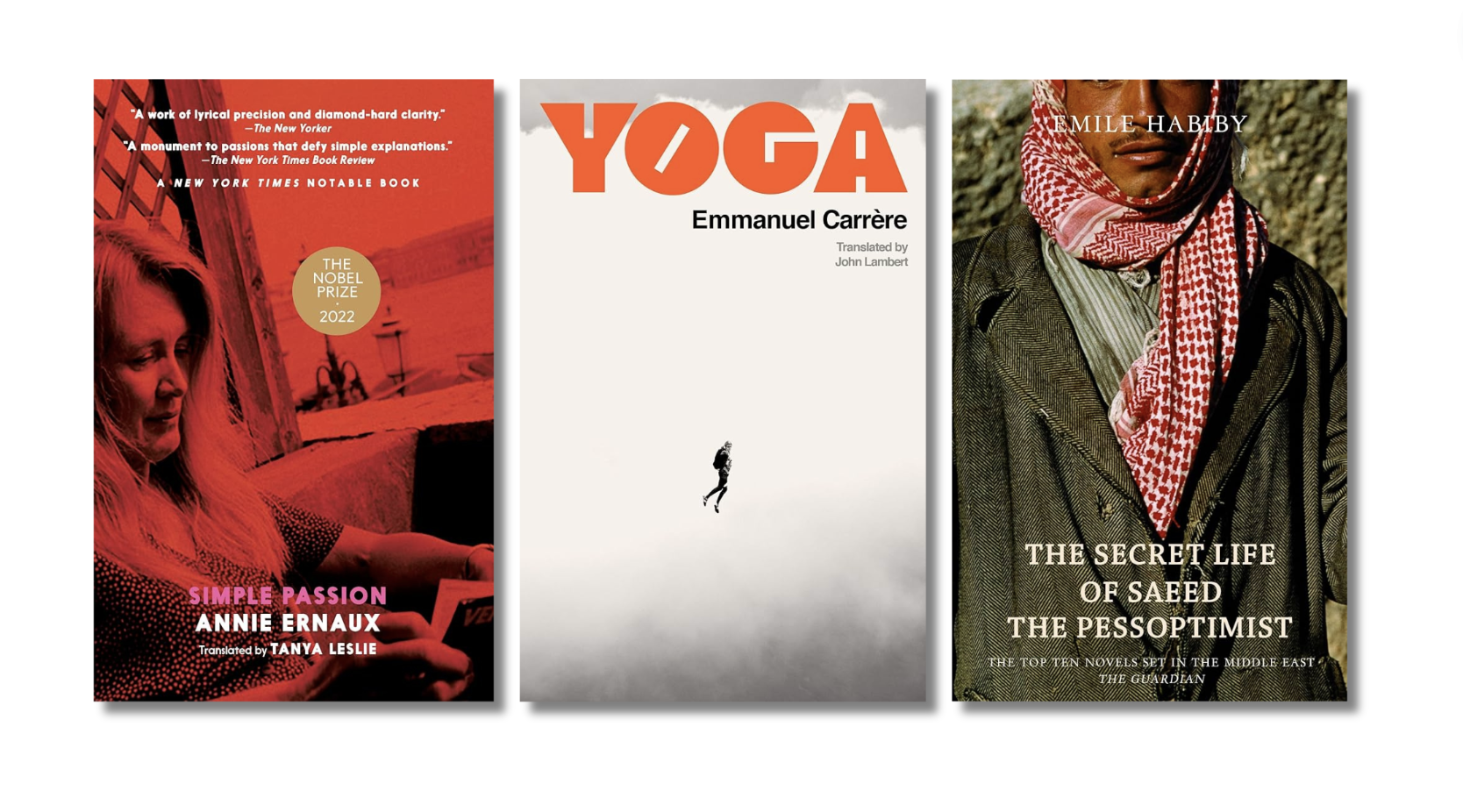
A Year in Reading: Elvia Wilk
You have to pick the book up, and you also have to know when to put it down and go do something else with your hands.
●
●
●
●
●
●
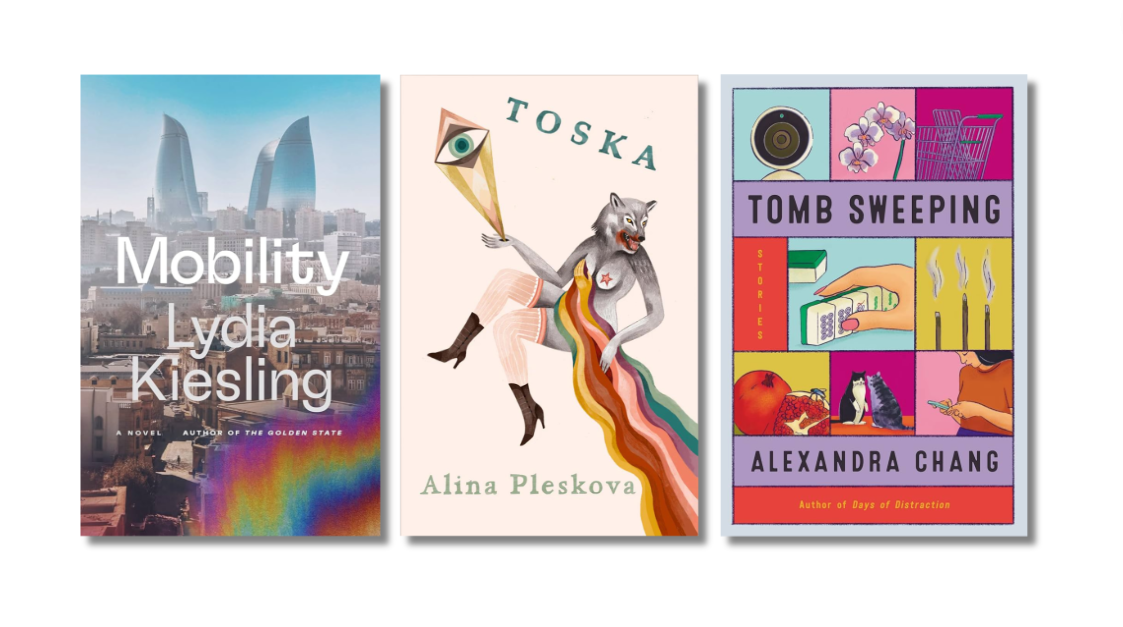
A Year in Reading: Ruth Madievsky
This year, I mostly read books by my contemporaries. I wanted to luxuriate with my peers and support their work—we fucking did it.
●
●
●
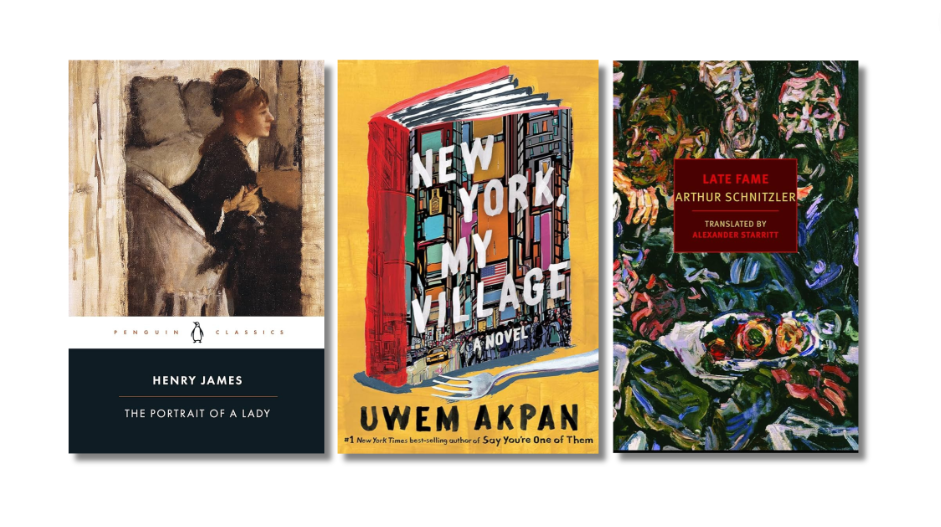
A Year in Reading: Madeleine Schwartz
At the beginning of this year I started a new magazine, which it turns out is a bit like hosting a continuous dinner party in your brain.
●
●
●
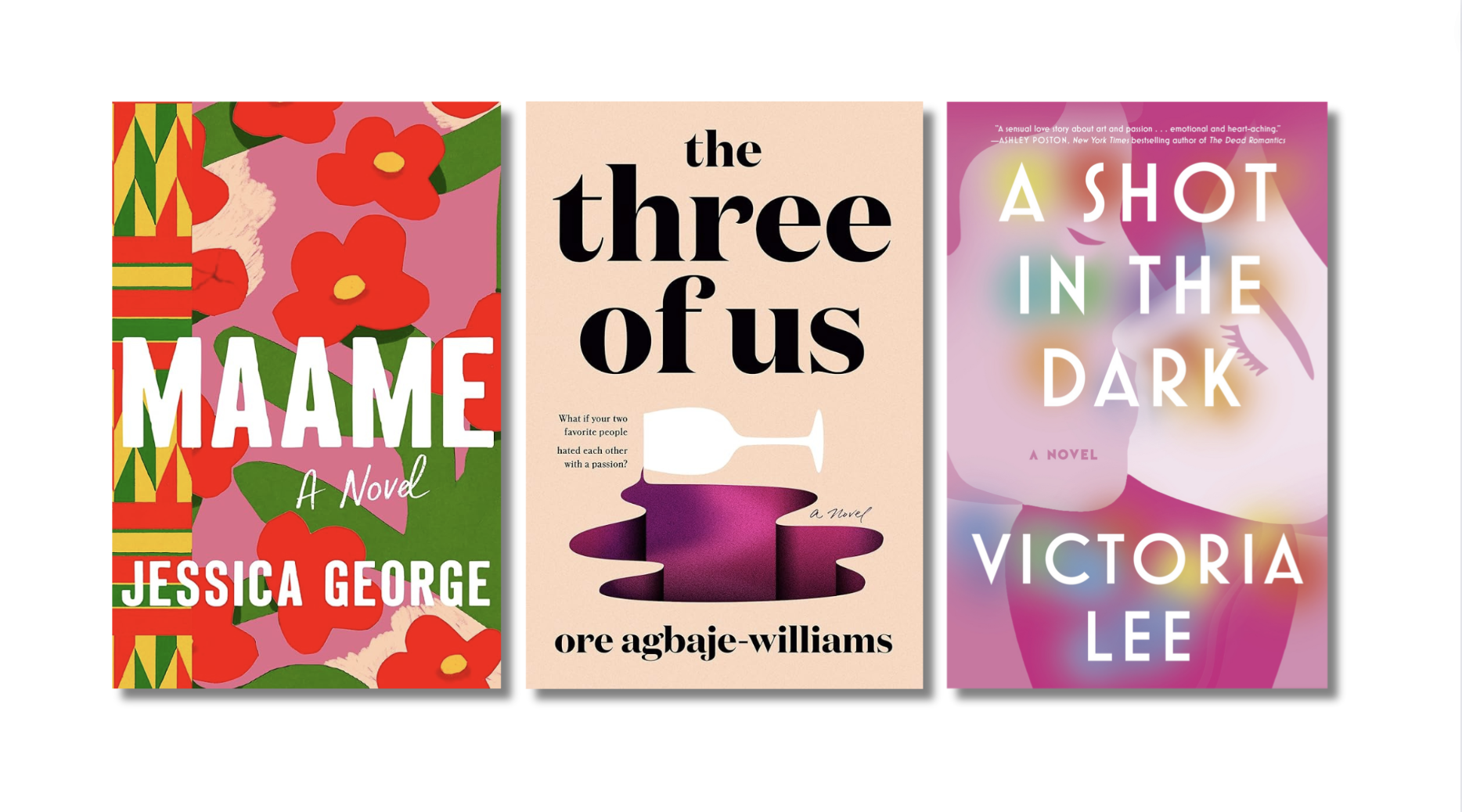
A Year in Reading: Iyana Jones
The end of the year typically marks a glory-filled time where I pat myself on the back for picking up a book in my off-hours.
●
●
●

